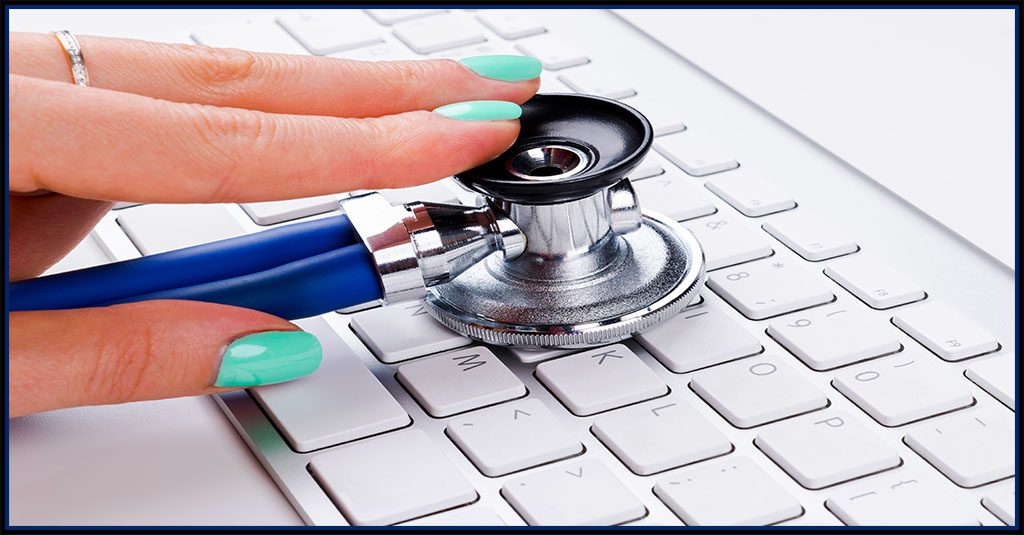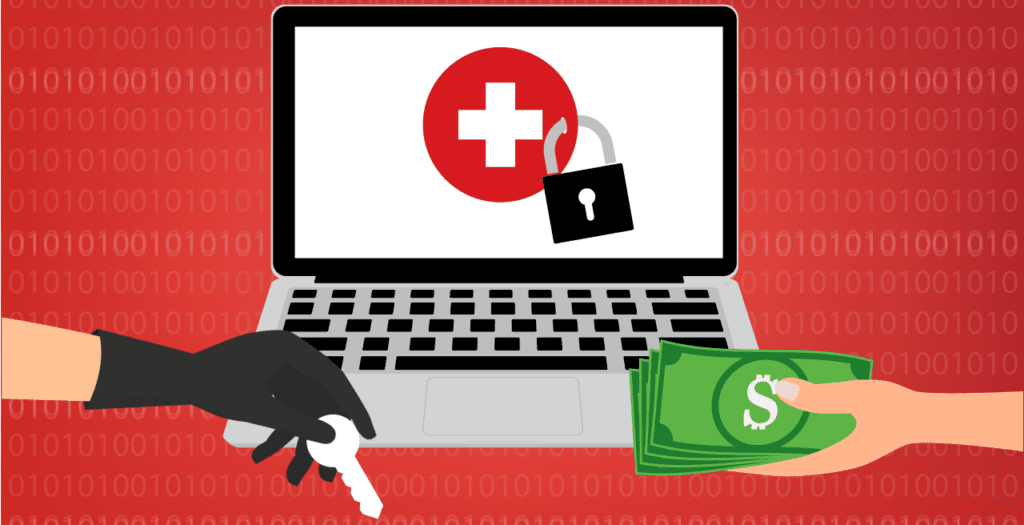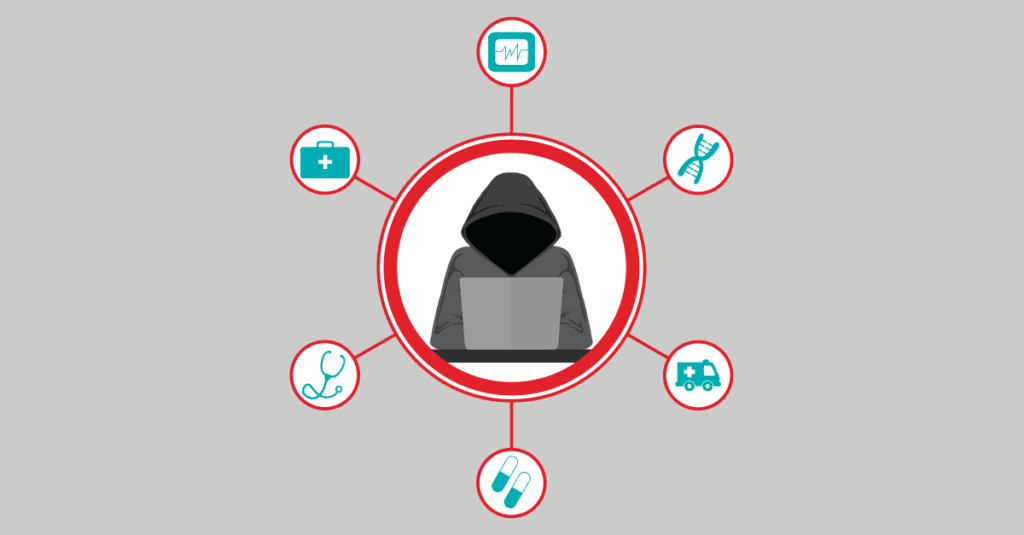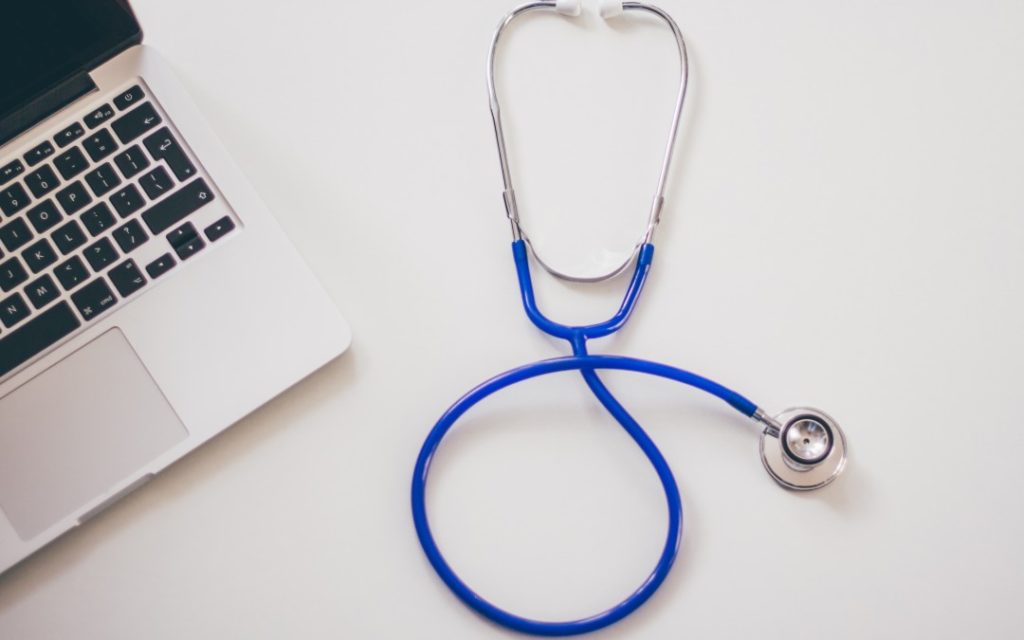
The Change Healthcare Cyberattack Is Still Rocking Healthcare in the U.S.
See how the Change Healthcare ransomware attack has impacted the entire healthcare sector in the U.S. as well as the patients who rely on it.
Read More
See how the Change Healthcare ransomware attack has impacted the entire healthcare sector in the U.S. as well as the patients who rely on it.
Read More
Healthcare cyberattacks increase worldwide as ransomware and phishing skyrocket but BullPhish ID and Dark Web ID can help combat the threat.
Read More
New information from CISA and NCSC details how healthcare organizations are under attack by cybercriminals looking to profit from COVID-19 data. These tips can help stop them.
Read More
A data breach is disastrous for any company in any industry, but the healthcare sector is an especially high-stakes arena where data security is of utmost importance and under continual attack. Few types of data are as valuable as Personal Health Information (PHI) and other health-related data like prescription information, health insurance login information, or insurance data. There is a ready market for this information on the Dark Web where healthcare provider information is known to sell for as much as $500 per listing. While patient information goes for significantly less money, as little as $3.25, hackers can make up the difference by selling in bulk, which is part of the reason that today’s hackers are more ambitious than ever, and they are taking the fight to healthcare providers’ digital front doors. Indeed, no one has been spared from the scourge of data breaches afflicting the healthcare system. In October, we reported on a data breach at Tu Ora Compass Health, a national health service that implicated the personal data for more than a million New Zealanders. However, hundreds of smaller healthcare providers, lab service providers, and other healthcare SMBs managing copious amounts of patient data are also under attack. McAfee Labs identified the healthcare sector as one of the most frequently targeted sectors today, far outpacing finance, media, retail, technology, and many others. In total, more than 38 million healthcare records have been exposed this year alone, and this trend shows little sign of abating, which means that defense is the only option. Keep reading to gain a better understanding about the current state of data security in healthcare, which serves as a cautionary tale for companies in every sector striving to keep their data secure. The Current State of Data Security in the Healthcare Sector Never ones to miss an opportunity, cybercriminals have been upping their game in 2019, adapting their techniques to extract data from healthcare providers. A recent survey by Malwarebytes identified a 60% increase in trojan malware detections in the first nine months of 2019, compared to all of 2018. At the same time, ransomware attacks are inflicting costly damage on patient records. In the first quarter alone, hospitals saw a 195% increase in this attack strategy. These data breaches are more than just a costly inconvenience. In the health care sector, it can cost patient lives. Hard data is emerging that connects data breaches and patient outcomes. For instance, researchers found that, after a data breach, “as many as 36 additional deaths per 10,000 heart attacks occurred annually at the hundreds of hospitals examined in the new study.” In a very real way, data security is a life or death issue that relies on many moving pieces to ensure data security and patient well-being. For better or worse, not all data breaches occur in house. Third-party software vendors continue to be a top attack point; however, in many cases, it’s not the software that’s to blame. According to a report on the state of cybersecurity in the healthcare industry, staff negligence provides an open door for phishing and spear phishing attacks that ultimately compromise patient data. With a robust market for patient data and other healthcare-related information, hackers will continue to innovate their methodologies, making it increasingly difficult to identify their tactics. That doesn’t mean that your business is defenseless. How You Can Protect Yourself Despite a complicated cybersecurity environment, healthcare providers aren’t powerless to protect themselves against costly data breaches. Notably, malware attacks – both ransomware and otherwise – require employees to engage with the malicious material for it to be effective. Simply put, bad actors may be able to target healthcare providers with copious amounts of harmful material, but, without an adequate response, much of their efforts are fruitless. Similarly, phishing and spear phishing campaigns can’t compromise credentials unless users hand them over. It’s estimated that 80% of data breaches are attributable to employee negligence, as scams and other malicious emails routinely make their way to employee inboxes causing breach fatigue that puts patient data at risk. Therefore, healthcare providers who offer comprehensive employee awareness training improves their chances of successfully defending against these attacks. In an ever-evolving threat landscape, this training prepares all employees to become a defensive asset in the quest to protect patient data. At the same time, simple security upgrades like two-factor authentication and strong, unique passwords across all accounts can minimize risk exposure while placing barricades in the way of anyone trying to steal patient or company data. Conclusion In 2019 and beyond, providing the best patient care will require a revised take on the Hippocratic Oath. Simply put, first doing no harm will require intentional efforts to protect patient data. It’s a difficult task, but it’s not impossible. Rather than leave it up to chance, partner with ID Agent, which offers an array of products and services that support your data security initiatives: Designed to protect against human error, BullPhish IDTM simulates phishing attacks and manages security awareness training campaigns to educate employees, making them the best defense against cybercrime. When paired with AuthAnvilTM, you can protect your employees’ password integrity by offering integrated multi-factor authentication, single sign-on, and identity management solutions to protect your credentials and your data. With a robust market on the Dark Web, cybercriminals have millions of reasons to continue attacking healthcare IT, which means that defensive maneuvers need to begin right away.
Read More
Hospital networks can unfortunately become a goldmine for attackers that use ransomware worms as their weapon. If deployed, lives may be endangered, hospitals usually must pay the ransom, or pay to get files retrieved and its reputation could be damaged. Because these attacks are increasing due to lucrative benefits, teaching and reminding hospital staff to use valuable cyber hygiene is imperative.
Read More
The digitization of medical care has become a double-edged sword. Healthcare providers like Kaiser Permanente have used medical records to improve the health of their members. In 2015, the National Committee for Quality Assurance found that Kaiser Permanente ranked first in 21 different healthcare quality measures, more than any other health plan in the country. Kaiser’s quality of care is due in no small part to its sophisticated medical records system.
Read More
Keeping your healthcare organization cyber secure is no easy feat. In fact, almost every organization is vulnerable to a cyber attack, no matter what the industry. Just look at the headlines featuring major breaches to entities like the Federal Bureau of Investigation and the Department of Homeland Security alongside medical institutions like MedStar.
Read More